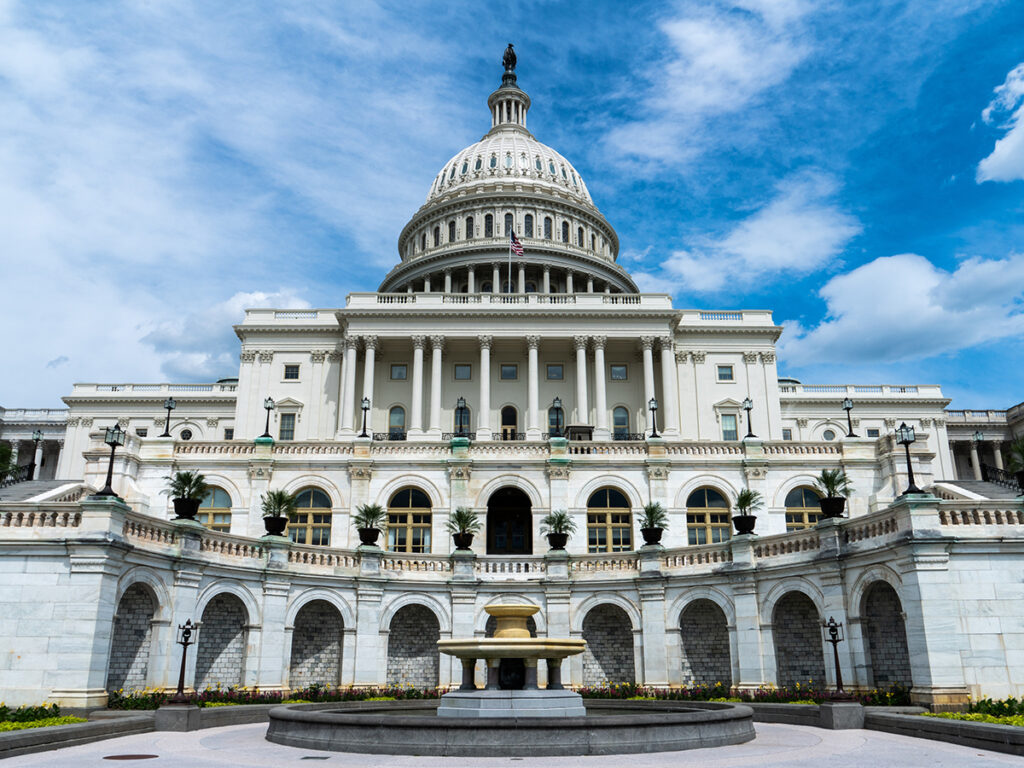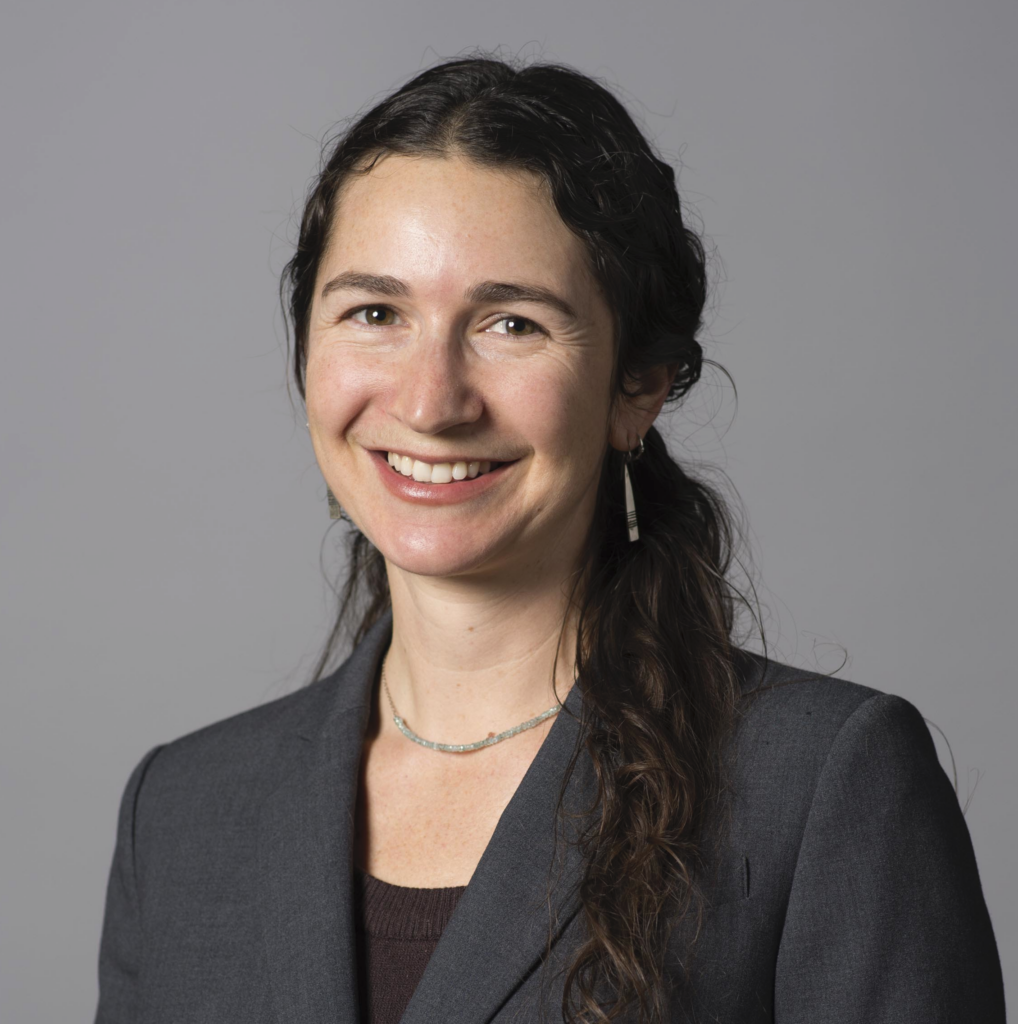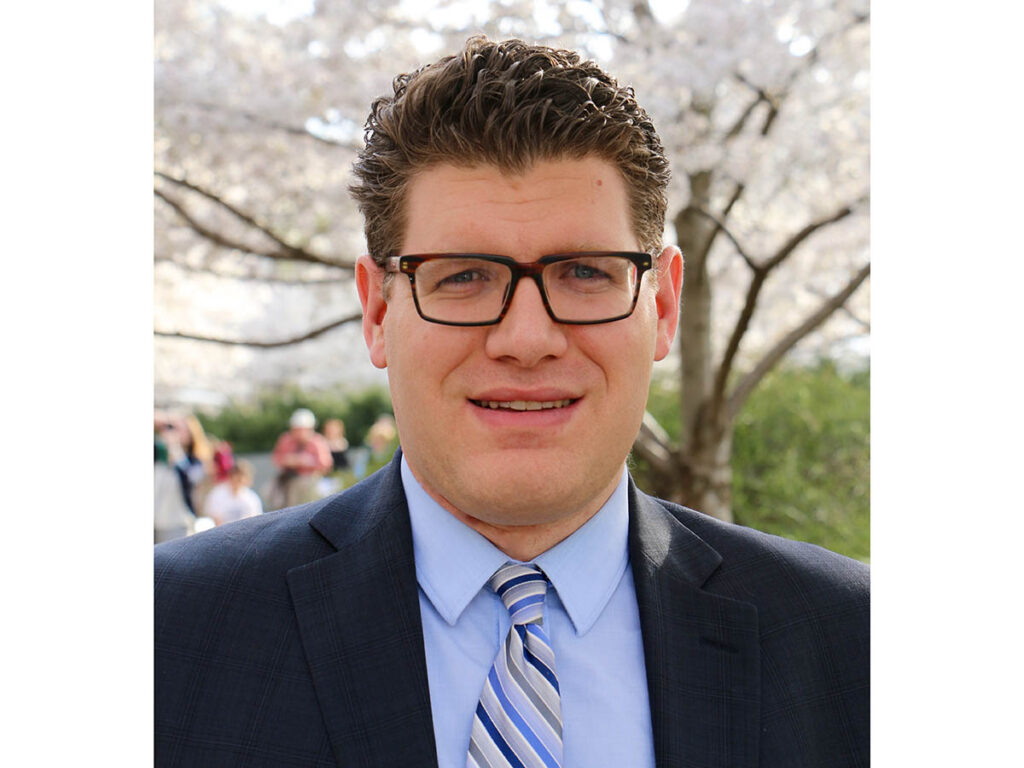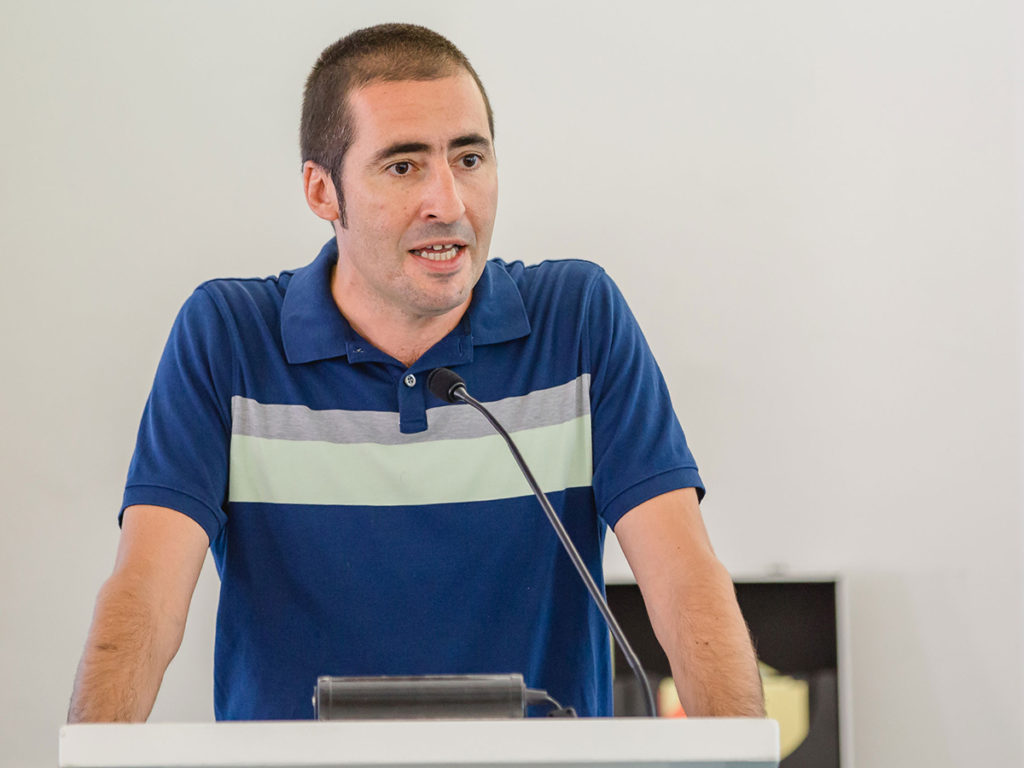Emerson Professors on How We Move Forward After Insurrection

By David Ertischek ’01
Media fragmentation, disintegration of the social contract, and the economic policies of the past 25 years fueled the resentments that led Donald Trump supporters to storm the Capitol Building and the violence that ensued.

“A lot of people who are following the news are not surprised by what took place. In some ways it was predictable as we watched what unfolded. Not just on Election Day. The last four years,” said Mneesha Gellman, associate professor of political science in the Marlboro Institute of Liberal Arts and Interdisciplinary Studies, and director of the Emerson Prison Initiative.
“The way the facts have been wielded under the current administration, and the way they have been manipulated and misconstrued and speak to different kinds of constituencies. I do think the overwhelming collective action in front of the Capitol building was to some extent rational results of the past weeks, months, and years of telling a particular constituent base of Donald Trump’s what they wanted to hear,” she said.
The rioters and protestors were overwhelmingly white, and their frustrations began when Donald Trump was more known for being in Home Alone 2 than even The Apprentice.
“I look at the working-class white person, post the 1994 agreement of the North American Free Trade Agreement (NAFTA),” said Gellman. “That gutted the manufacturing industry. It made it more economically beneficial to relocate to Mexico. In doing so, many traditional white working-class people, who were functionally blue collar, were affected. Those jobs left the country and those people were rendered much more economically marginalized.”
A Non-Spontaneous Mob
The storming of the Capitol was not a spontaneous assault on democracy.
“The groups that ended up going into the Capitol building, they were pretty coordinated, and from my knowledge, this was planned openly in online platforms like Parler and Gab,” said Paul Mihailidis, associate professor and assistant dean of the School of Communication. “On the media literacy side of things, I think that some of the rioters that were doing this were well coordinated and well connected. I think you see that in many modern uprisings, whether it’s protests or riots or attacks, there is online communication.”
This was planned out days and weeks in advance. As Gellman pointed out, merchandise such as T-shirts and hats were created specifically for the protests on January 6.
With there being more and more social media platforms for subsets of people to go to, it creates echo chambers where people only hear one side.

“Liberals get things from liberal sites. In the 1960s and 1970s, you had three media channels, so there there’d be a common baseline of info, and everyone would be aware of broad strokes of political system in the United States,” said Vincent Raynauld, associate professor of Communications Studies. “Now, some people get their info from Alex Jones, Charlie Kirk, or theblaze. Then you have Newsmax, OAN, Fox News. Even now, on the right, Fox News is considered a soft form of info. My worry at this point is people don’t even understand the baseline of info.”
Raynauld said there’s a great need for education, including how the government works. He pointed to how many people believed that the vice president could throw out the results of the election.
“If we can say something positive, it’s that a lot of people are getting a real-time education on how things work. People weren’t aware of the how the certification of the states occurred, or the intricacies of the January 6 certification,” said Raynauld.
So How Do We Move Forward?
That is the million-dollar question that every level of society is asking, said Gellman. She said that we need to look at many things, including race relations, relations between Democrats and Republicans, and defining the social contract.
“The ‘social contract’ means the people and the state have a clear understanding of their rights and responsibilities and duties and obligations they hold to each other and one another,” said Gellman. “The events of [January 6] were very clearly a breach of duties and responsibilities on citizens to act within norms to not use violence.”
There was also a breach of societal and political norms by the Trump administration, as well as many institutions that work with the executive branch.

“Those institutions have failed systematically over centuries. Certainly, when I look at the Black Lives Matter movement, institutions have systemically failed to address racism and shift discriminatory programs, and lead to improvement across and within ethnic groups,” said Gellman.
The response to the insurrection by Capitol Police was shocking to some, as they allowed the rioters to roam the halls of the Capitol. Journalists, politicians, and observers on social media pointed out the disparities between law enforcement’s relatively respectful treatment of the predominantly white crowd on January 6, and that of the multiracial protesters demonstrating against racial injustice and police brutality over the summer.
That problem of racial and socioeconomic relations can also be seen in how different people don’t — or won’t — encounter each other, whether in our schools, in colleges, or even at the grocery store, said Gellman.
U.S. schools must overhaul their curricula to stop perpetuating stereotypes and racism, and marginalizing groups.
“Let’s rewrite our history books to tell the truth,” said Gellman. “Let’s make curricula respectful and honest. Tell [young students] that it was founded on a genocide of Native Americans, and not the Mayflower, the pilgrims and Thanksgiving.”
A Need for Media Literacy
Many, if not most of the people who stormed the Capitol on Wednesday believed in various conspiracies that circulate in different corners of the Internet, foremost among them the false claim — stoked by the president himself — that the November 3 presidential election was stolen from Trump.
It’s clear that media literacy will be critical in bringing American society together again, but that’s something that is tough to tackle.
“Before, it would’ve been politicians were credible sources of info,” said Raynauld. “We’ve seen that on the right, it’s just a fragmentation of the media offered. This is going to happen to the left, too. There are conspiracy theories on the left as well – about Trump, and politics in general.”
But it truly comes down to our leaders, Mihailidis said. We need leaders who believe in the social contract, and the institutions and systems of democracy.
“Media literacy efforts are increasing, [the events of January 6] were not a result of who knows how to find credible information,” said Mihailidis. “A small subset of citizens have been emboldened with concocted beliefs. Leaders have brought these beliefs to mainstream society. We need to trust institutions, the media and public institutions. You need leaders believing in democracy and those systems and reaffirming them.”
And don’t expect Trump’s followers to just go away once he’s no longer the president.
“This fragmentation won’t stop, and it is likely to affect all political sides. A lot of people are saying, ‘Who’s going to take over for Trump?’” said Raynauld. “Trump has a specific brand, and a specific aura that attracts people. He will go away, but [then] where do these people go? They will not stay together as a Trump faction, where will they go? They have a lot of energy, and a lot of money.”
Categories